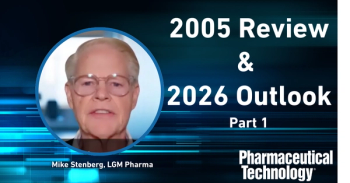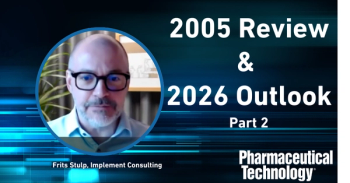
- Pharmaceutical Technology's In the Lab eNewsletter, July 2023
- Volume 18
- Issue 7
NIH Develops Novel Tumor Identification Technology
The Segmentation by Exogenous Perfusion system uses a cell’s location in the tumor to find differences in gene activity.
The National Institutes of Health (NIH) announced on June 23, 2023 that researchers at the National Center for Advancing Translational Sciences (NCATS), an institution within NIH focused on translational sciences, had found differences in gene activity based on where a cell is in a tumor. According to an agency press release, this research demonstrates how a cell’s location and environment in a cancerous tumor can strongly influence which genes are active, as well as the cell’s role in the cancer’s biology. The team reported its findings in the June 21 edition of the Cell Systems medical journal.
The approach, known as the Segmentation by Exogenous Perfusion (SEEP) system, reveals the genetic activity of single cells within a tumor with fluorescent dyes that spread into the tumors. According to the release, measuring how much dye gets into individual tumor cells provides information on the cell’s location and its access to the outside environment. Computational methods are then used to link this information to cells’ gene activity, allowing researchers to connect the cells’ identities with their location. For the purposes of this research, 3D models of ovarian cancer cells were used.
“It’s commonly accepted that a cell’s location and surrounding environment influence the cell’s identity,” said Craig Thomas, translational scientist, NCATS, in the release. “Two cells can be genetically identical but have different cellular identities, meaning different genes are turned on because of their location and environment. Our goal was to establish a straightforward method to study this concept in multiple settings.”
“Certain tumor cell types are susceptible to certain therapies,” noted David Morse, journal author and medical student, Harvard University, in the release. “Knowing where cells are located and their levels of accessibility in the tumor could help us decide how to use drugs in combination. It could help tell us how long to give a drug and when to move on to other therapies.”
Source:
Articles in this issue
over 2 years ago
Using Analytical Advancements to Assess Biosimilarityover 2 years ago
Drug Product Impurities Testingover 2 years ago
SandboxAQ Launches Molecular Simulation Divisionover 2 years ago
Lilly Enters Gene Editing Collaboration with Verve Therapeuticsover 2 years ago
Charles River Laboratories Launches LVV Packaging Plasmidsover 2 years ago
Sartorius and Waters Expand Analytics CollaborationNewsletter
Get the essential updates shaping the future of pharma manufacturing and compliance—subscribe today to Pharmaceutical Technology and never miss a breakthrough.




